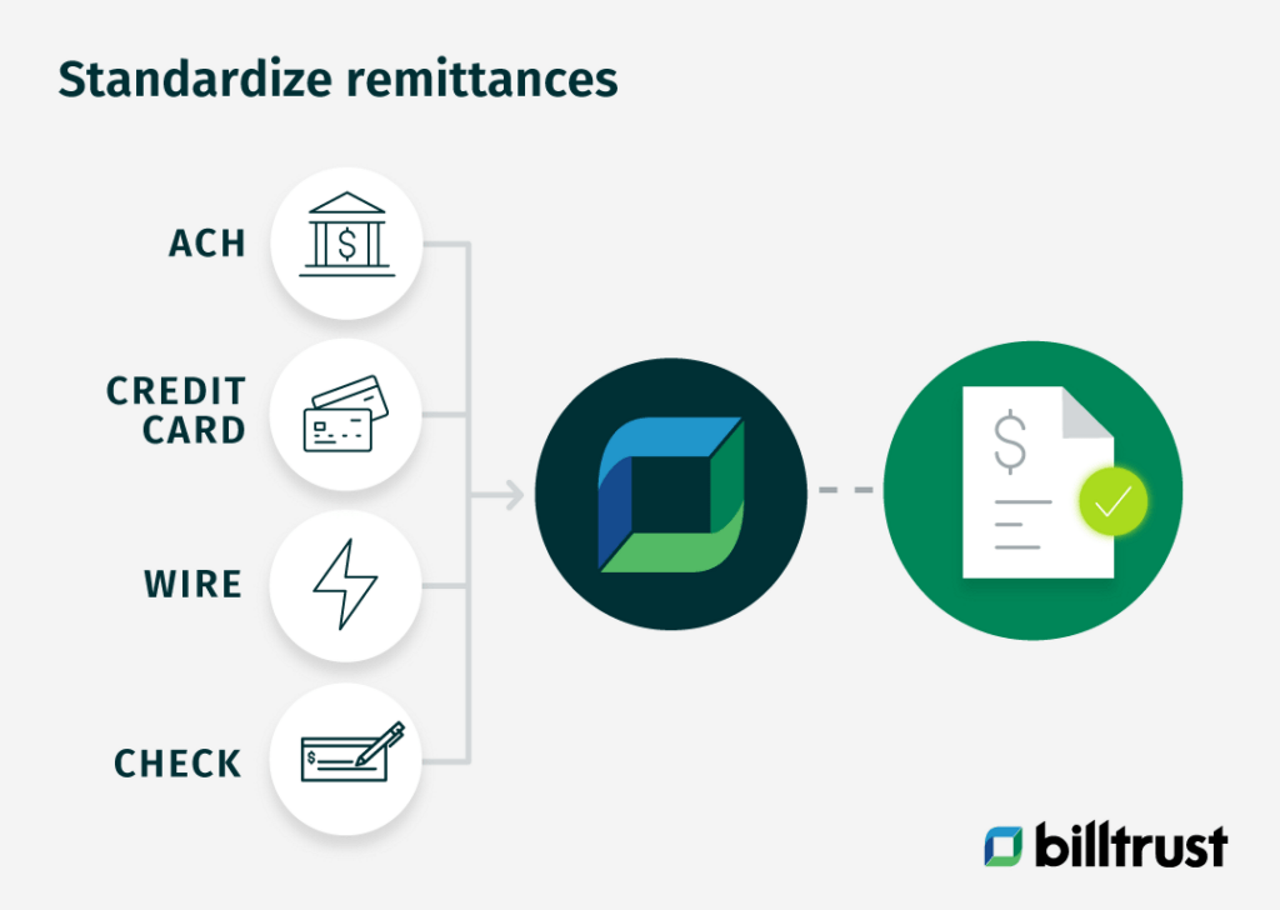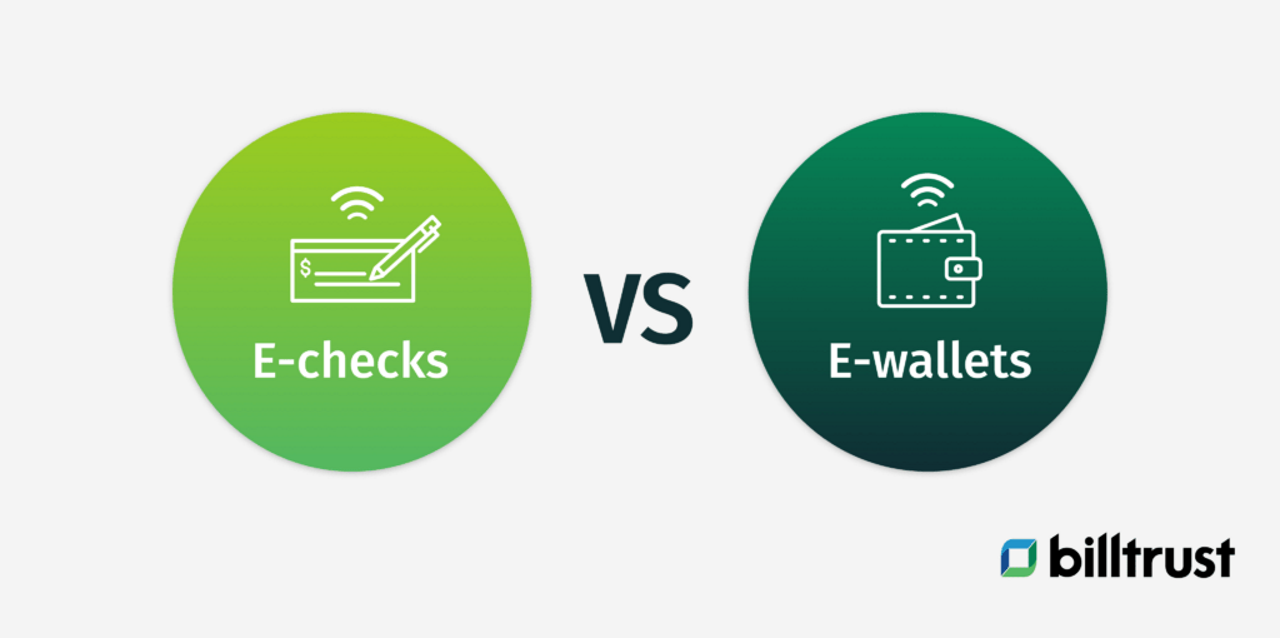When it comes to ecommerce, payment systems are essential -- you can’t complete a sale without a way to pay for the items. But, how do you know which one is right for you?
Below, we’ll take a look at how ecommerce payment systems work, the different types of payment systems and how they operate. By understanding how these systems work, you can choose the right one for your business and ensure that your customers have a smooth shopping experience.
What is the B2B model in ecommerce?
The business-to-business ecommerce model is a type of ecommerce transaction between two businesses. For example, this could include transactions between a manufacturer and a wholesaler or retailer. In most cases, B2B ecommerce takes place between companies with an established relationship and often involves large orders and complex shipping arrangements. Because of its sheer scale, B2B ecommerce tends to be more complicated than other types of ecommerce transactions.
In many ways, the B2B model is similar to the B2C model, however, with businesses able to set up online stores, list products and accept payments via ecommerce payment systems. Nevertheless, there are also some key differences, such as that B2B transactions often involve larger order sizes and higher frequencies. As a result, the B2B market is often seen as more lucrative for businesses. Despite this, the B2B market is still relatively untapped, with only a tiny percentage of companies currently using this ecommerce model.
Basics of ecommerce payment processing
There are a few different types of ecommerce payment systems that businesses can use to take payments online as online shoppers have a wide range of payment options to choose from, and ecommerce businesses need to be able to accept all major types of payment to stay competitive.
Just what payment options are available?
Credit cards are the most common form of payment for online purchases, but other options include debit cards, e-wallets, bank transfers and more. Each type of payment has its advantages and disadvantages, so it's essential to understand the basics of ecommerce payment processing before deciding which system to use.

Credit and debit cards
The most common type of ecommerce payment processor is a credit or debit card processor, allowing customers to pay with their debit or credit cards.
- Credit cards are the most popular form of payment for online shopping, as they offer convenience and protection for both buyers and sellers. However, credit card companies charge fees for processing payments, so ecommerce businesses need to factor this into their pricing.
- Debit cards are another convenient option for online shoppers, but they generally don't offer the same protection against fraud as credit cards.
Credit and debit card processors are the most popular type of ecommerce payment system, as they're widely accepted and easy to use. However, they typically come with higher fees than other payments, so comparing rates is crucial before choosing a provider.
E-checks and e-wallets
Today, there are more options than ever when it comes to paying for goods and services online. In addition to traditional methods like credit cards and paper checks, new technologies like e-checks and e-wallets are becoming more popular.
E-checks
E-checks work by linking your bank account to a merchant's website, allowing you to make payments directly from your account. E-check processors are a good alternative for businesses that want to avoid high fees, but they can take a few days to clear, so you'll need to factor that into your shipping times.
E-wallets
E-wallets, on the other hand, are digital versions of traditional wallets that store your payment information in one place. Digital wallets like PayPal and Google Wallet are becoming increasingly popular as they offer shoppers a safe and easy way to pay for online purchases. However, ecommerce businesses need to be aware that not all customers will have an electronic wallet, so it's important to offer alternative payment methods.
Both e-checks and e-wallets offer a convenient and secure way to pay for online purchases, and they can be used at a variety of businesses. As more consumers adopt these new technologies, it's likely that they will become the norm for online payments.

Bank transfers
The process of transferring money from one business to another can be complicated and time-consuming as traditional methods like wire transfers can take days to clear and often come with high fees.
Fortunately, there are now more efficient ways to send B2B bank transfers.
ACH is a popular choice for businesses that need to send or receive large payments quickly and cheaply. With an ACH transfer, funds are typically available within one to two business days. There are also various mobile apps that allow businesses to send and receive money instantly, without having to go through a traditional bank.
Whether you’re paying invoices or splitting profits with partners, there’s likely a B2B bank transfer solution that’s right for you.
Cryptocurrency
Cryptocurrency is a relatively new form of payment that's becoming more popular in the ecommerce world. Bitcoin is the most well-known cryptocurrency, but many others are on the market.
Cryptocurrencies offer some advantages for ecommerce businesses, including low transaction fees, fast transactions, and secure payments. However, they can be volatile, so it's essential to do your research before accepting cryptocurrency as payment.
Thinking of using cryptocurrency transactions?
No matter which type of business payment system you choose, it's essential to make sure that your website is secure. This means ensuring that your site has an SSL certificate and encrypts your payment pages. By taking these steps, you can protect your customers' data and ensure that their payments are safe.
How ecommerce credit card processing works
When you're running an online business, it's crucial to have a reliable ecommerce credit card processing system in place. After all, customers won't be able to make purchases if they can't pay for them.
But how does ecommerce credit card processing actually work? In a nutshell, it refers to the process of accepting and processing credit card payments online. There are a few steps involved in this process:
- The customer enters their credit card information on your website.
- This information is then sent to the payment processor (typically via an encrypted connection).
- The payment processor verifies the customer's information and stores it securely.
- Once the information has been verified, the payment processor initiates a transfer of funds from the customer's account to your merchant account.
- Finally, you'll receive the funds in your merchant account and can then send the goods or services to the customer.
Though ecommerce credit card processing is a fairly straightforward process, there are a few things to keep in mind to ensure that it runs smoothly. For example, you'll need to ensure that your website is secure and that your payment pages are encrypted. You'll also need to choose a payment processor that's right for your business.
By taking these factors into account, you can ensure that your ecommerce credit card processing runs smoothly and that your customers can make purchases with confidence.
Which type of ecommerce is a payment gateway?
There are several different ecommerce payment systems, but the most common is a payment gateway. A payment gateway is a software application that links a website to a payment processor, allowing businesses to accept virtual credit card and debit card payments. Payment gateway providers typically charge a monthly fee, but this can vary depending on the provider and the features required.
If you’re considering an ecommerce payment processor, there are a few things to keep in mind:
- The most important thing is to make sure that you offer a variety of payment options so that your customers can choose the one that's right for them.
- You'll need to factor in transaction fees, shipping times and security features when making your decision.
- You must ensure that the gateway is compatible with your website platform.
- It’s important to choose a provider that offers competitive rates and features that meet your needs.
- And finally, you'll want to ensure that the gateway is secure and compliant with industry standards.
An ecommerce payment system is a vital part of any online store - after all, customers need to be able to pay for their purchases somehow. However, when choosing a payment gateway provider, it is important to compare pricing and features to find the best fit for your business.
Ways to enhance your payment usability
Ecommerce payment systems are constantly evolving to meet the needs of both businesses and consumers. While many different options are available, not all of them are equally user-friendly.
Below are a few tips to help you enhance the usability of your ecommerce payment system:
- Make sure your payment system is compatible with all major browsers and mobile devices. This will ensure that your customers can make payments regardless of how they access your website.
- Use clear and concise language when describing your payment options. Avoid jargon or technical terms that could confuse or intimidate customers.
- Offer multiple payment options to give customers more flexibility. In addition to credit cards, consider offering e-wallets, bank transfers, and even cryptocurrencies.
- Test your payment system thoroughly before launching it. Make sure all transactions are processed smoothly and securely.
By following these tips, you can help ensure that your ecommerce payment system is as user-friendly as possible. This will ultimately lead to happier customers and more sales for your business.
ecommerce software can improve your customer experience
Ecommerce payment systems are the backbone of online transactions. By understanding how they work, you can feel more confident about using them to process payments for your own business.
As you compare different online payment system options, you'll need to keep security and usability in mind. However, with a little bit of research, you can find a payment system perfect for your business.
Consider implementing an ecommerce payment system to streamline your checkout process and make it more convenient for your customers.

